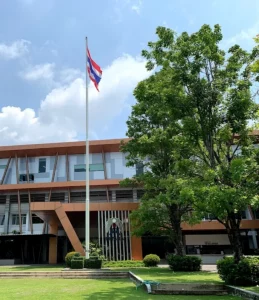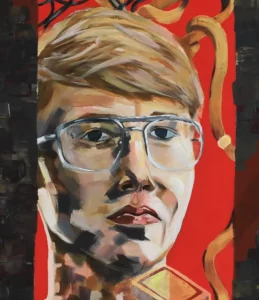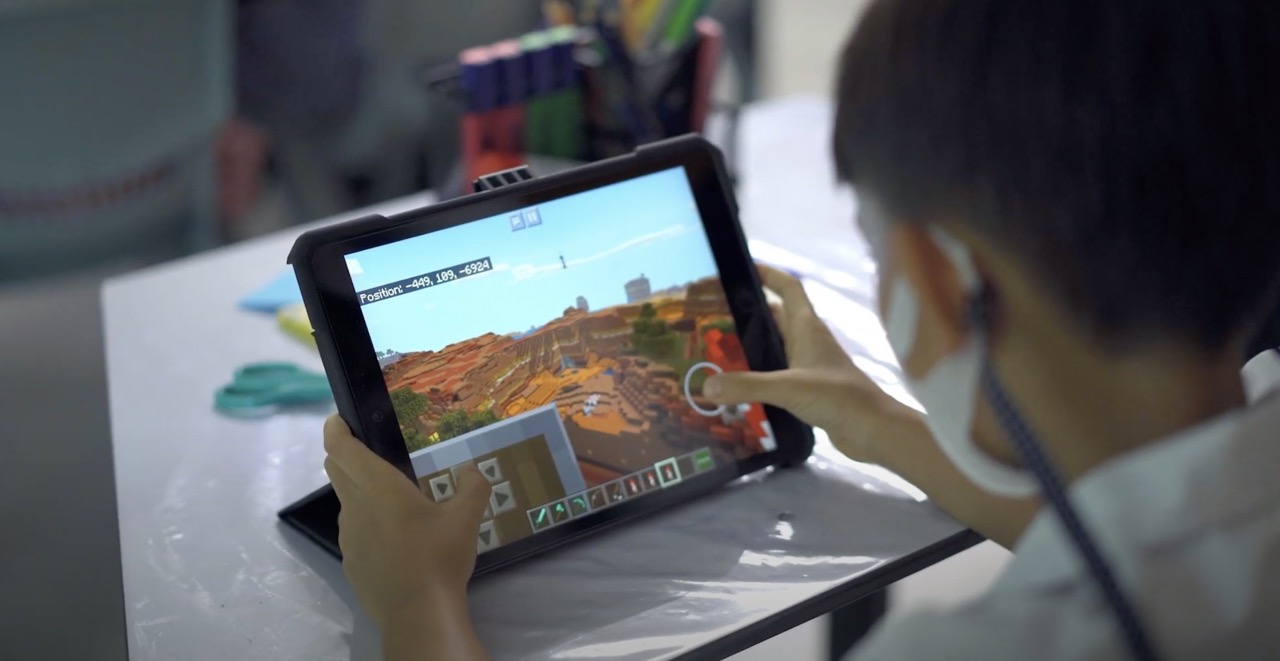
Gaming for Learning!
Bangkok Patana has been recognised by Microsoft as a top user of Minecraft Education Edition (EE)
Is Gaming for Learning real? If you have a child five years or older who has access to an electronic device, you will most likely have heard about Minecraft. Launched in 2009, this incredibly popular game is often described as virtual Legos. With few rules and no levels, children can play alone or with friends, they can create an existing fantasy world or build one from scratch or they can fight villains. Some parents of children with autism and ADHD have even credited Minecraft with improving their children’s social skills and there is a Minecraft server specifically for young people with autism and ADHD.
Since children are having such fun with Minecraft, tens of thousands of innovative teachers around the world have taken this into the classroom. Amidst all these schools and classrooms, Bangkok Patana School was recognised by Microsoft as one of the top users of Minecraft Education Edition (EE).
“We chose Minecraft because of its popularity and depth of opportunities for cross-curricular learning,” said Max Hopwood, Primary Leader of Learning for ICT at Bangkok Patana School, “Our students are already motivated and able to play in all kinds of Minecraft worlds. We use this enthusiasm to help them explore new concepts and practice areas of learning.” In the classroom, Primary students are learning literacy, maths and sciences through Minecraft. Teachers have found that it allows students to grasp and understand concepts that are normally beyond the primary age curriculum. Minecraft is also being used to introduce atomic theory at a very young age, enhancing student understanding as they can play with protons, electrons and neutrons to build elements.
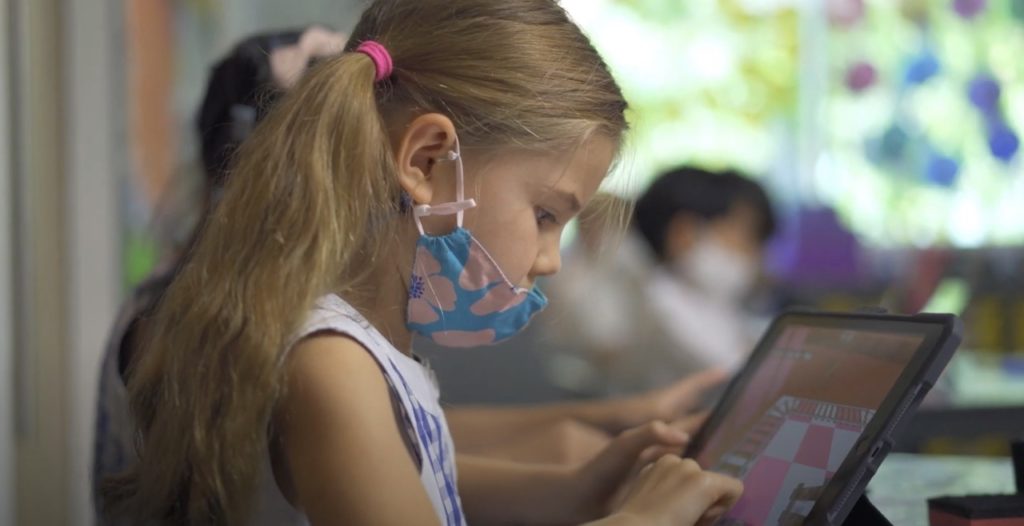
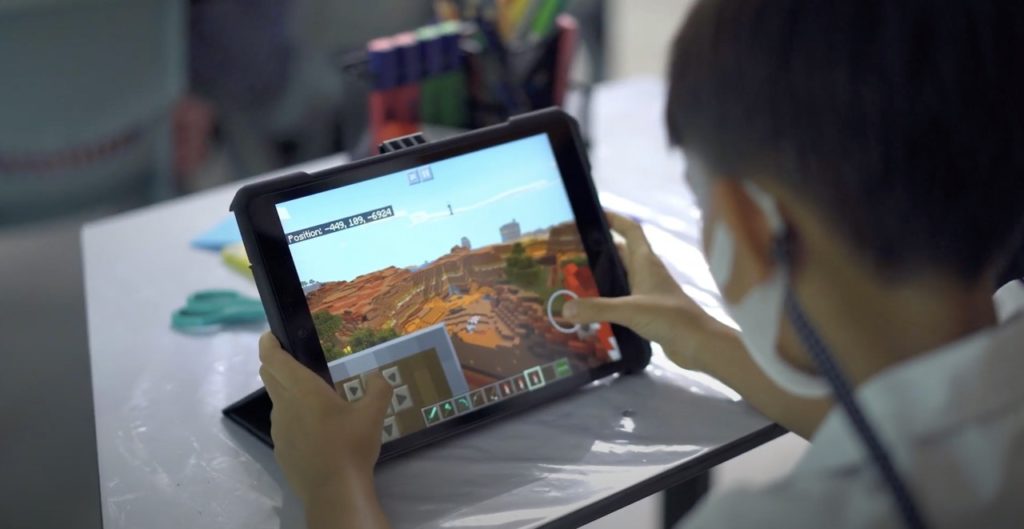
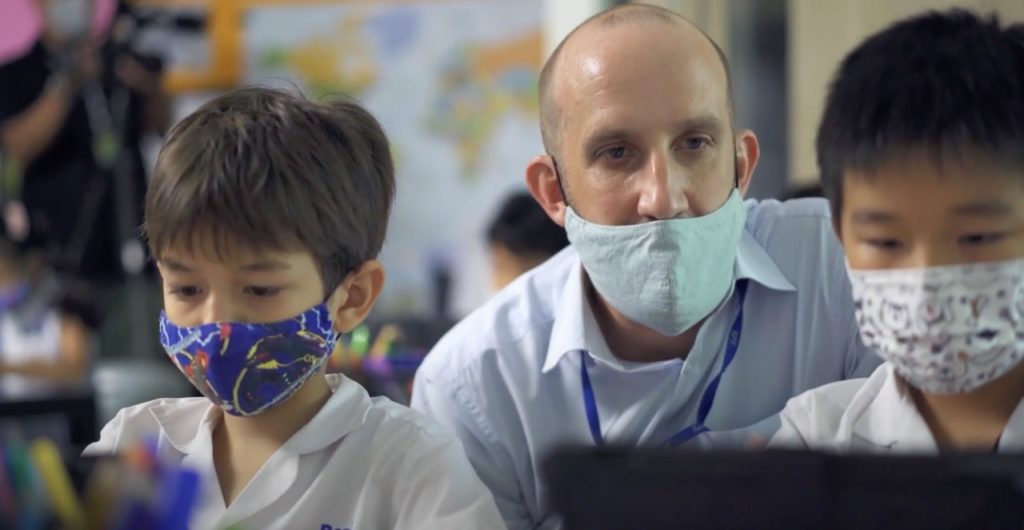
Learning Where Innovation is Easy
“Minecraft Education Edition allows us to capture the experimental aspects of learning in a virtual environment where mistakes are celebrated and innovation is easy. Students can confidently test ideas, create new projects and problem solve without any fear. Also, while playing collaboratively, students hone their cooperation, teamwork, communication and negotiation skills,” Hopwood elaborated. Collaborative Minecraft worlds encourage students to support one another with positivity and maturity, learning to adopt a ‘coaching’ role than a ‘telling’ one.
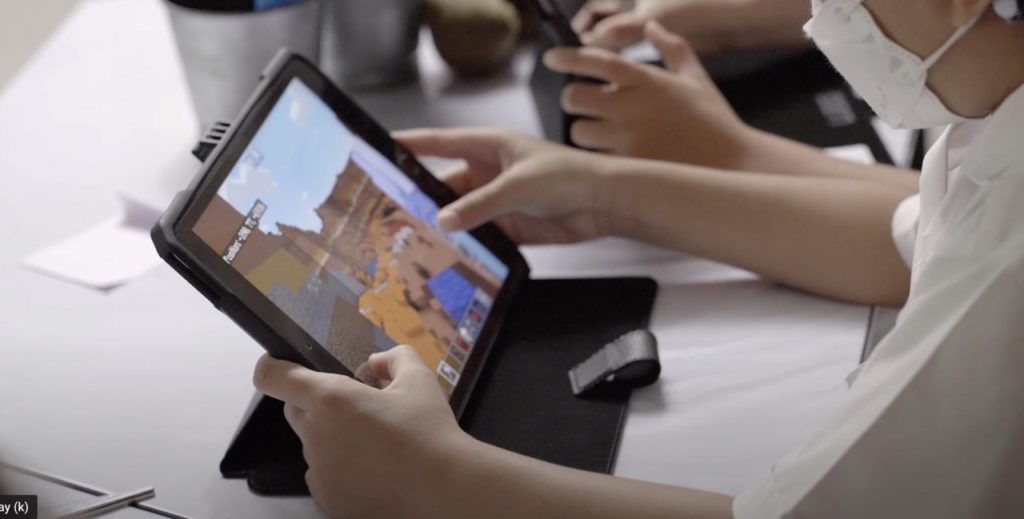
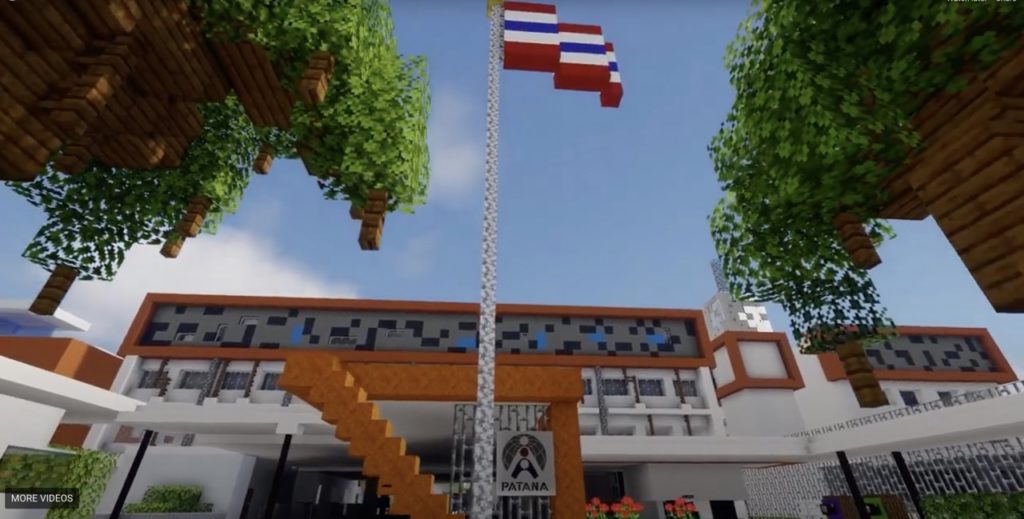
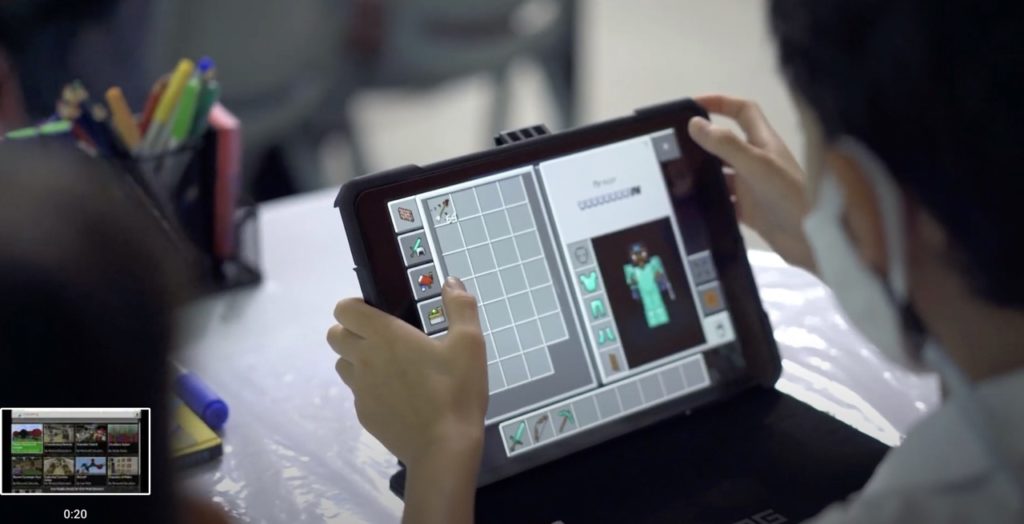
Making Mistakes and Experimenting Safely
When asked why they enjoy learning with Minecraft, students explained, “I like it because it is fun and you don’t really need to care if you do something really wrong. It doesn’t matter if you mess up, you can just do it again.” Teachers further reiterate that being able to make mistakes and experiment safely is key for student learning. “With Minecraft, there are so many ideas that can be tried and so many things that it allows the players to dive into,” said Glenn Malcolm, Primary ICT Teacher at Bangkok Patana. Glenn was recognised by Microsoft as being among the top teachers worldwide in his innovative use of Minecraft for Learning. He noted that Minecraft enables students to use logical thought as they start to experiment with block-based coding, which then leads them into areas like Java that are already built into the platform. Of course, for the students, Minecraft maintains that ultimate joy of being able to ‘game’ at school.
A video prepared by Microsoft on Bangkok Patana School’s use of Minecraft EE can be seen here:

